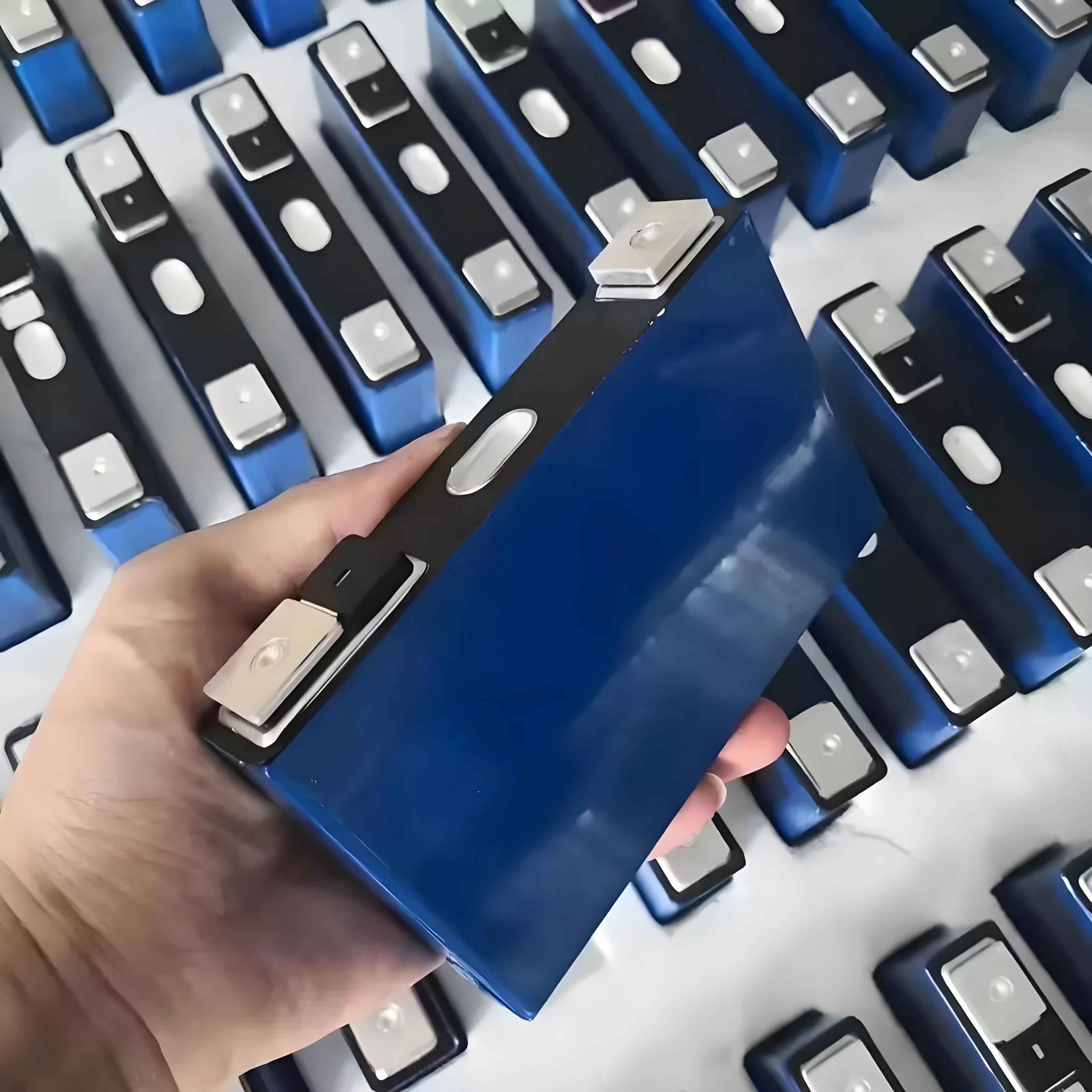The global energy storage landscape is undergoing a transformative shift, driven by the rapid adoption of LiFePO4 (lithium iron phosphate) batteries. As a researcher analyzing market trends and technological advancements, I have synthesized data from industry reports, corporate disclosures, and material science studies to present a comprehensive outlook on the LiFePO4 battery sector. This article explores market growth trajectories, material properties, competitive dynamics, and future innovations, supported by quantitative models and empirical evidence.

1. Market Growth and Capacity Projections
The LiFePO4 battery market is poised for exponential growth, with capacity projections reflecting a compound annual growth rate (CAGR) of 56.7% from 2024 to 2028. Key metrics include:
| Year | Global Capacity (GWh) | YoY Growth Rate |
|---|---|---|
| 2024 | 409.0 | 74.6% |
| 2025 | 910.93 | 122.8% |
| 2026 | 1533.0 | 68.3% |
| 2028 | 3285.22 | 114.2% |
The surge is attributed to rising demand in electric vehicles (EVs), renewable energy storage, and industrial applications. By 2028, LiFePO4 batteries are projected to account for 62% of the global lithium-ion battery market, displacing traditional NMC (nickel manganese cobalt) variants due to superior safety and cost efficiency.
2. Material Science and Performance Metrics
LiFePO4 batteries derive their competitive edge from unique material properties. The cathode’s olivine structure ensures thermal stability, while the anode’s carbon coating enhances conductivity. Key parameters include:
Energy Density and Volumetric Efficiency
The energy density (EdEd) of LiFePO4 batteries is calculated as:Ed=Energy (Wh)Volume (L)Ed=Volume (L)Energy (Wh)
For commercial LiFePO4 cells, EdEd ranges between 140–160 Wh/L, compared to 180–220 Wh/L for NMC batteries. However, advancements in electrode design aim to bridge this gap.
Material Density and Cell Configuration
The density (ρρ) of LiFePO4 cathode material varies between 2.4–2.65 g/cm³, optimizing mass-to-energy ratios. A comparative analysis reveals:
| Material | Density (g/cm³) | Thermal Stability (°C) |
|---|---|---|
| LiFePO4 | 2.4–2.65 | 270–350 |
| NMC622 | 2.6–2.8 | 210–250 |
| LCO (LiCoO₂) | 2.8–3.0 | 150–200 |
LiFePO4’s higher thermal tolerance reduces risks of thermal runaway, making it ideal for high-temperature environments.
3. Competitive Landscape and Strategic Alliances
Major players are scaling production to meet demand. For instance:
- Stellantis plans to invest $40.38 billion in LiFePO4 battery gigafactories by 2025.
- LG Energy Solution targets a 22 GWh production capacity for LiFePO4 cells by 2026.
- ICL Group has developed a proprietary LiFePO4 synthesis method, reducing costs by 12% through scalable manufacturing.
The table below summarizes corporate commitments:
| Company | Investment (USD Billion) | Target Capacity (GWh) | Timeline |
|---|---|---|---|
| Stellantis | 40.38 | 1533 | 2028 |
| LG Energy | 2.85 | 22 | 2026 |
| ICL Group | 1.0 | 12 | 2024 |
Collaborations between automakers and battery producers, such as the Stellantis-Samsung SDI joint venture, aim to vertically integrate supply chains and mitigate raw material shortages.
4. Cost Reduction and Scalability
The levelized cost of energy (LCOE) for LiFePO4 batteries has declined by 18.2% annually since 2020, driven by economies of scale and process innovations. The cost trajectory follows:LCOE(t)=LCOE0×(1−r)tLCOE(t)=LCOE0×(1−r)t
Where r=0.182r=0.182 (annual reduction rate) and tt is the number of years. By 2026, the average cost per kWh is projected to fall below $65, reinforcing LiFePO4’s dominance in grid storage applications.
5. Future Innovations and Sustainability
Research focuses on enhancing LiFePO4 battery performance through:
- Nanostructured Cathodes: Increasing surface area to boost charge/discharge rates.
- Solid-State Electrolytes: Improving energy density to 200 Wh/L by 2030.
- Recycling Technologies: Achieving 95% material recovery rates via hydrometallurgical processes.
A life-cycle analysis (LCA) model estimates that LiFePO4 batteries reduce carbon emissions by 32% compared to NMC alternatives over a 10-year operational lifespan.
6. Challenges and Risk Mitigation
Despite its advantages, the LiFePO4 battery sector faces hurdles:
- Raw Material Dependency: Lithium and phosphate supply chains are vulnerable to geopolitical risks.
- Energy Density Limitations: Applications requiring compact energy storage (e.g., drones) still favor NMC.
- Regulatory Uncertainty: Evolving safety standards may increase compliance costs.
Proactive strategies, such as diversifying lithium sources and investing in R&D, will be critical to sustaining growth.
Conclusion
The LiFePO4 battery market is on a trajectory to redefine energy storage ecosystems globally. With unparalleled safety, declining costs, and robust scalability, LiFePO4 batteries are set to dominate sectors ranging from EVs to renewable energy grids. Stakeholders must prioritize innovation and supply chain resilience to capitalize on this $300+ billion opportunity by 2030.
